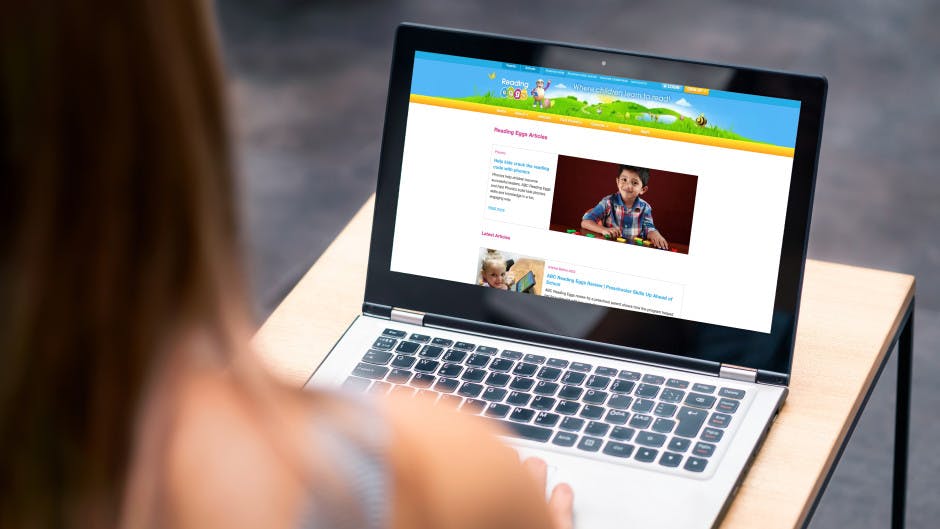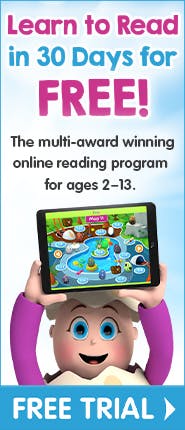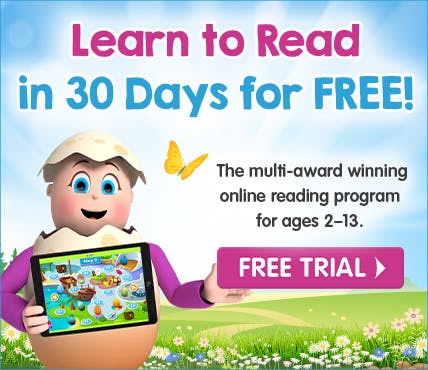


Fun Ways to Learn to Read and Write

Children usually learn to read and write around the age of five or six, and educators have found that the skills of reading and writing complement one another. The learning of each skill is made both easier and more effective when efforts in reading and writing are purposefully combined rather than separated. Here are some strategies that helps develop both skills:
Read early
The earlier you are able to read to your child, the better. No child is too young to be read to. Every instance of reading to your child feeds his or her mind with letters, sounds and words, which helps them learn the alphabet, recognise sounds and understand words – putting them on the track to becoming a fluent reader.
Read often
The more frequently you are able to read to your child, the better. Making reading a regular part of your daily routine turns it into a habit, and hopefully, a life-long one for your child.
Read for fun
There is no better way to show kids that reading is fun than to actually sit down and have fun doing it. Reading need not be merely reserved for homework, which can have the negative effect of turning reading into a chore rather than a joy. Instead, find books that your child is interested in, and read something interesting and fun that you’ll both enjoy.
Respond
When reading to your child, ask questions in order to assess how much they understand of the story. The more that they can engage with and respond to the text, the more likely they are to understand what they are reading. For older children who already know how to write, ask them to write down their answers so that they can strengthen their writing skills as well as their comprehension skills.
Fun with letters
A great way to strengthen both reading and writing skills is to show your child that you can have fun with letters and wordplay. When reading, ask your child to think up words that rhyme with a particular sound. Point out tricky words and show them how to break a word down into its units of sound, so that connections between letters and sounds can be made. For preschool children, get them to trace large letters on a page with their finger, or cut out large letter shapes and have them cut out and glue magazine pictures of things that begin with that sound.
ABC Reading Eggs uses a number of comprehension strategies in its program that link reading and writing, which improves student achievement in both areas. The Reading Eggs program engages students in comprehension strategies such as answering and asking questions of a text, using graphic story organisers and activities that ask children to recognise and reorder story structure. All of these comprehension strategies use both reading and writing skills. The ABC Reading Eggs programs also encourages students to write their own stories within the Story Factory, which helps students also make further links between writing and reading.
Testimonials
My children love Reading Eggs. They enjoy learning to read and spell with the lessons. My son struggled with other phonics programs. But he loved Reading Eggs. Opening a new egg after each lesson kept him motivated to finish the program. My daughter loved the skill bank part of the program. She was glad Reading Eggs had a spelling section.
- L. Taylor
Reading Eggs is one of the best interactive reading programs available. It is easy to use, is motivating for the students and the activities are sequential. If we judge the success of a program based on students’ enthusiasm and understanding then Reading Eggs is an absolute ‘winner’!
- Julie Hughes, Mt Warren Park


